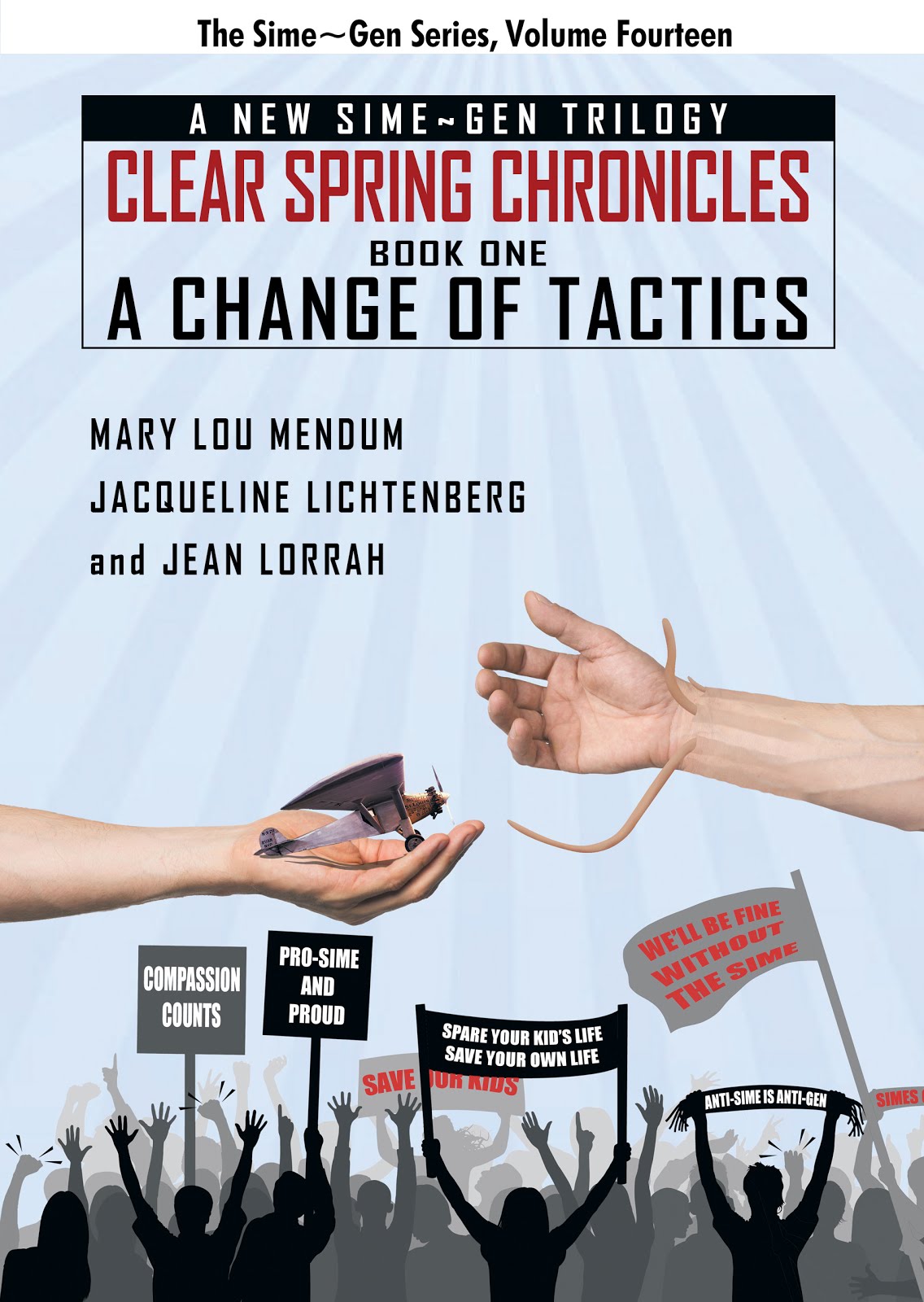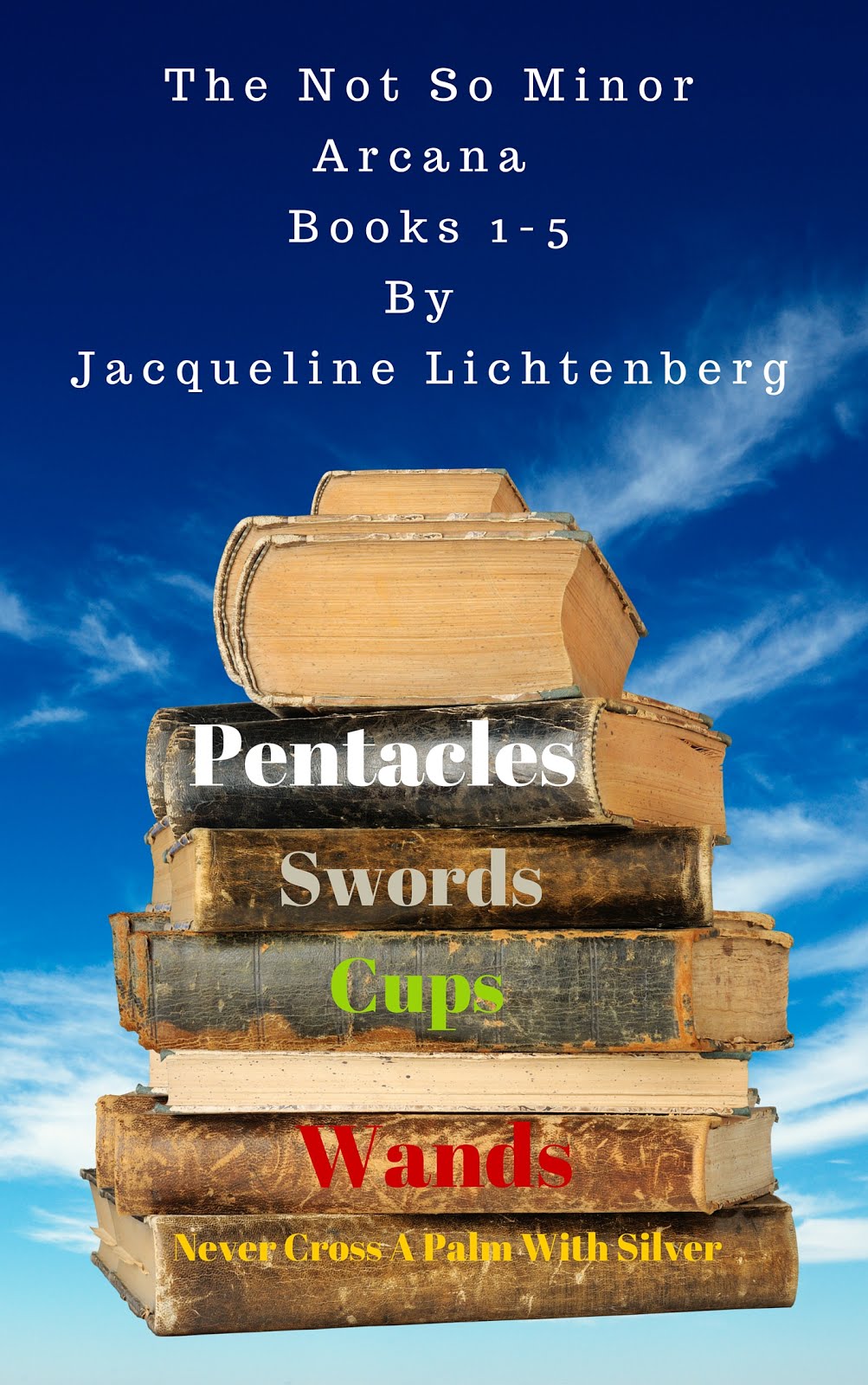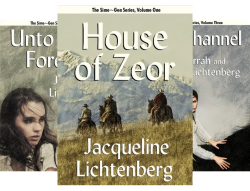The novel form, the video-game form, and the film or movie form of story telling are all on a convergent path of evolution.
The thing to grasp before you even consider writing a story for any of these delivery channels is a ratio:proportion like you used to struggle with in school.
It's cost:profit -- that simple.
What made the old "Dime Novel" a commercial phenomenon was the sudden availability of a really REALLY cheap paper, printing, and binding, plus a suddenly cheap (railroad golden spike connection between east and west coast changed everything) distribution network.
The railroad came into being because lots of people moved far off across the continent and found STUFF (cattle, buffalo hide, wheat growing territory, gold and eventually oil) to send back to the denser populated East.
So people generated the distribution network for purposes other than entertainment, and bright entrepreneurs repurposed the railroad to serve as the Dime Novel distribution network. Most ironic, the material written about in such cheap novels was the adventures of those settling the wild west. The adventures were imported to the East and the novels were exported to the West where the adventures (purportedly) happened, and everyone was entertained and enriched. People both east and west, bought the Dime Novel because that was the only source of the romanticized West.
A very similar dynamic drove the explosion of the Movie Industry -- cheap real estate in Hollywood (really, it was cheap orange groves at first), easy export of product to dense population areas.
People went to theaters because that was the only place to have the EXPERIENCE uniquely delivered by The Movies.
A very similar dynamic is driving the Smart Phone -- not invented by but popularized by Apple.
The smartphone is the only place to go for the experience of taking your desktop with you -- well, the Tablets are doing that, too, but next step is to put a phone into the tablet so no matter where you go, you have full connectivity.
The hardware development direction is to screens that replicate the proportions of movie screens, and TV's now have that. iPhone 5 shows the only real major change is the screen proportion which now replicates the theater screen -- because people watch movies and TV on their phones.
I saw but lost track of an article confirming what many other articles and investment statistics are showing -- there is a growing trend away from DESKS and toward MOBILE. Even in business, whatever you can do at a desk must be made mobile.
The gaming industry built around hooking a console to your TV and selling you cartridges or CD's with games on them -- struggling. The gaming industry built on you downloading an app to your phone -- growing so fast nobody can count.
And game content is changing, too.
Here is an article delineating where the profits have been made, and why that trend has peaked -- and showing you a new trend direction in film -- or what used to be called movies but now really needs to be called video.
We called them movies when the fact that a picture MOVED was a novelty and the prime characteristic of the entertainment offered. Then we called them film when the medium upon which the images were deposited and distributed was literally a "film" which was a novelty -- a thin strip of celluloid, a process developed from the movies. In the last 15 years or so, the digital technology has replaced all the other formats in imaging -- and so we call this video (seeable things).
The underlying technology limits but also enables the storytelling.
The golden spike in this development will be the link between ALL your "devices" -- and several companies are racing toward that goal. Pick up any device, and seamlessly continue using your content.
Read this article on the impact of digital imaging on "the movies" -- and where that storytelling technology could lead us next. You may find your own niche here.
http://www.tnr.com/article/books-and-arts/magazine/107212/has-hollywood-murdered-the-movies
Jacqueline Lichtenberg
http://jacquelinelichtenberg.com
Oh BOI !
2 days ago






